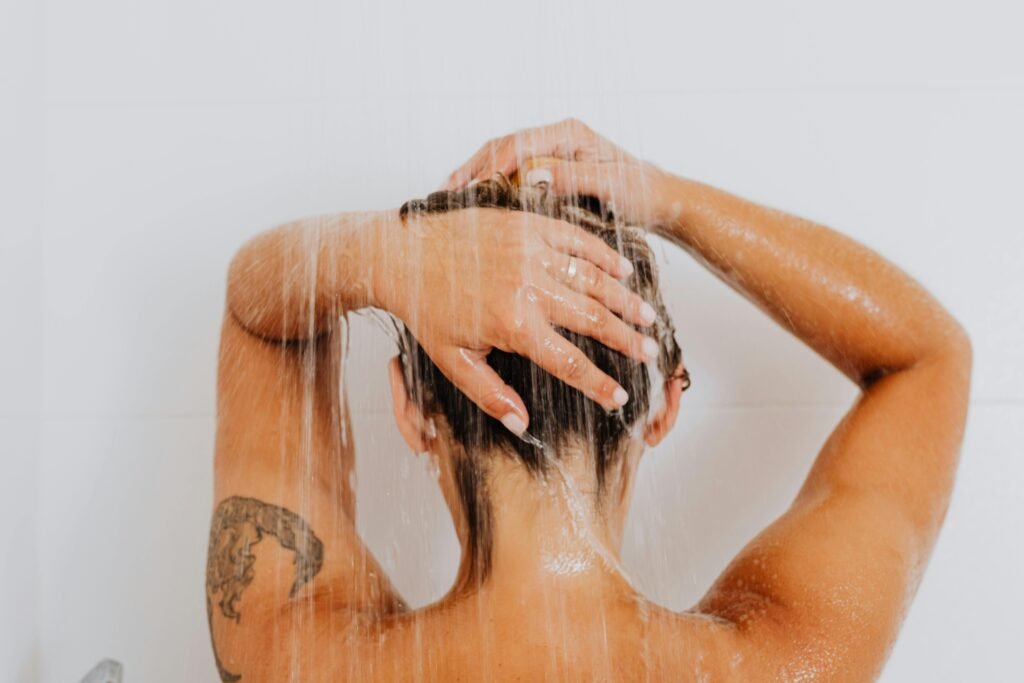
The bathroom light buzzed as Mira shuffled in, bleary-eyed and barefoot. The cool tiles jolted her awake, and she reached for her favorite lavender-scented body wash. A long squeeze. Thick, white lather bloomed in her hands. She hesitated. For the first time in weeks, she noticed it: the little sting as the foam touched her arms, the tightness in her cheeks after rinsing. It hadn’t always been this way.
She sat on the edge of the tub, warm water steaming behind her, and stared at the creamy froth slipping between her fingers. It looked clean. It felt clean. But something wasn’t right. Her dermatologist had said something once—“Foam doesn’t mean clean. It just means air.” At the time, it sounded like one of those wellness platitudes, the kind Mira usually scrolled past on social media. But now, with her skin flaring red and tight each morning, the words resurfaced with surprising clarity.
She’d learned in passing that soap works not because it foams, but because of the science behind surfactants—strange little molecules with split personalities. One side loved water; the other clung to oil and dirt. Together, they formed micelles, trapping grime and whisking it away. The foam? Just bubbles. Air wrapped in a film of soap. It came from surfactants too, but not all of them were gentle. Some—like the cheap ones that filled her current wash—were harsh enough to strip the natural oils from her skin. No wonder it felt raw.
Mira stood up, eyeing the bottle. Floral-scented betrayal. She thought of the other soaps she’d seen lately—ones labeled “soap-free,” with soothing words like ceramides, glycerin, and pH-balanced. Ones made for people like her. She rinsed off quickly, already planning a trip to the store. Foam was just theater. She was ready for something that worked backstage. And this time, she’d read the ingredients.
